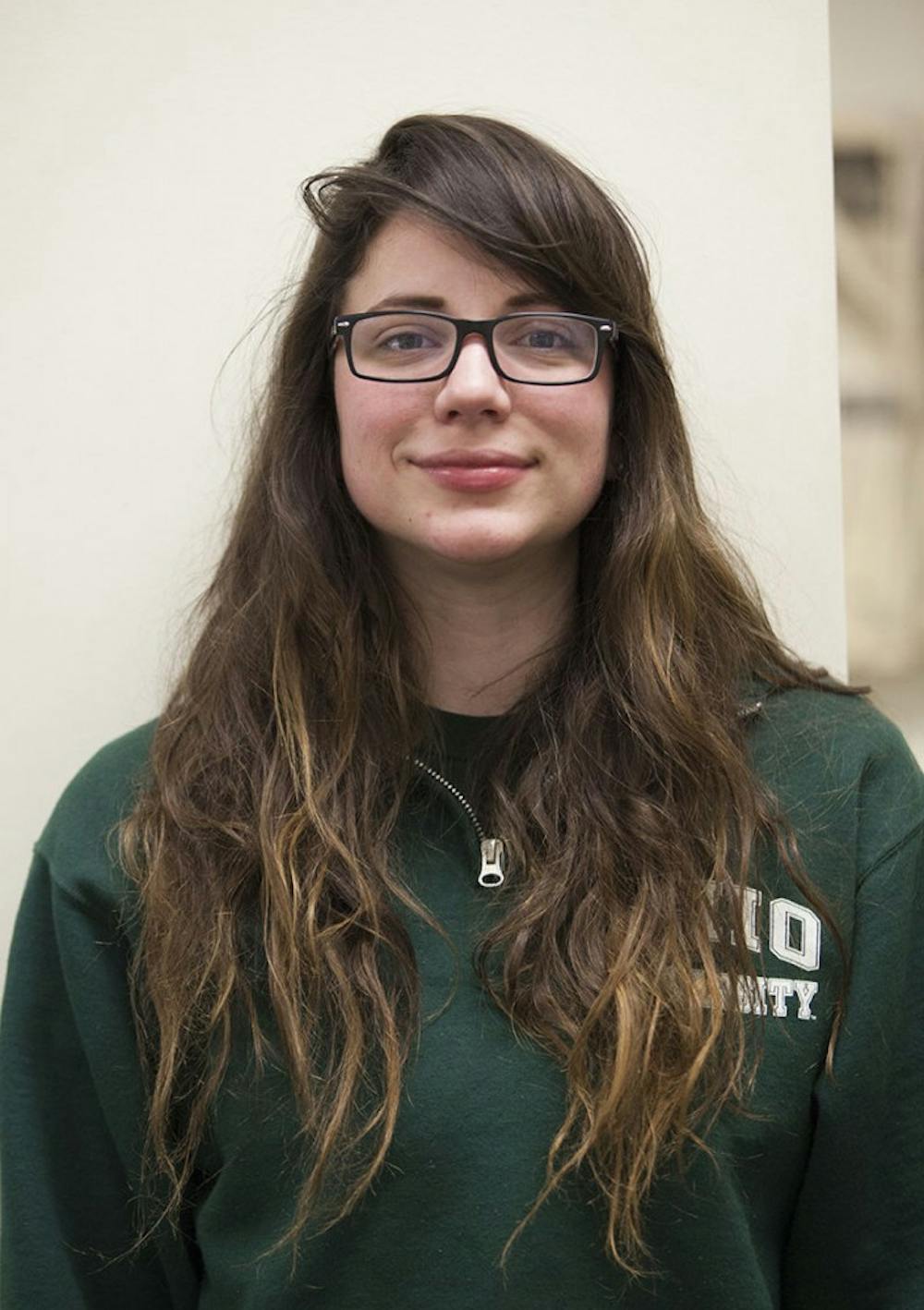The modeling industry's size standard between men and women shows discrepancies.
People are usually not surprised to see plus-sized female models in advertisements for apparel companies. The diversity of women’s body shapes in the modeling industry has grown from models sporting size 0–2 to allowing a more average body type to be shown. Along with companies shifting toward Photoshop-free ads, the general message for young girls has changed in a positive way.
But what about for young boys? It’s almost impossible to find a clothing ad that doesn’t feature a some hulky young man with a tight shirt and jeans. Perfectly tailored jackets and slacks slim the bodies of already slim men, but I have yet to see a plus-sized male model as the head of a campaign.
Although the general public embraced cultural changes such as the “dad bod,” the modeling and fashion industry has yet to reflect these shifts on the runway.
{{tncms-asset app="editorial" id="45b42034-7d8e-11e5-b36c-bb093a196a1a"}}
Why?
The Telegraph reports that there’s no politics behind the need for plus-sized male models. The relationship between men and the media is not as tense as with women, so it’s often ignored. And although men’s eating disorders are on the rise, like with the relationship with men and the media, it hasn’t been as prevalent as it is in female populations.
The parameters of defining “plus-sized” within the male modeling population are also hard to pinpoint. Plus-sized could mean anything from having 40-inch waist and being 6’5” to having a 36-inch waist, but no fat and just being more muscular than the average man.
This means that even though a man may not look “plus-sized,” he may have to buy some clothes in plus-sized sections or clothing lines because of muscles, general build or even height.
But those sort of varieties aren’t reflected in the fashion industry for men as they are for women. There are more plus-sized modeling agencies for women than for men, and models like Tess Holliday are much more recognized than their male counterparts.
Slowly, the want for male models is being reciprocated in the modeling industry, but there is still a need for representation of the average population in advertisements and on the runway.
Courtney Mihocik is a junior studying journalism. What do you think of the debate about body types in modeling? Tweet her @CourtneyMiho or email her at cm674912@ohio.edu.






